Content
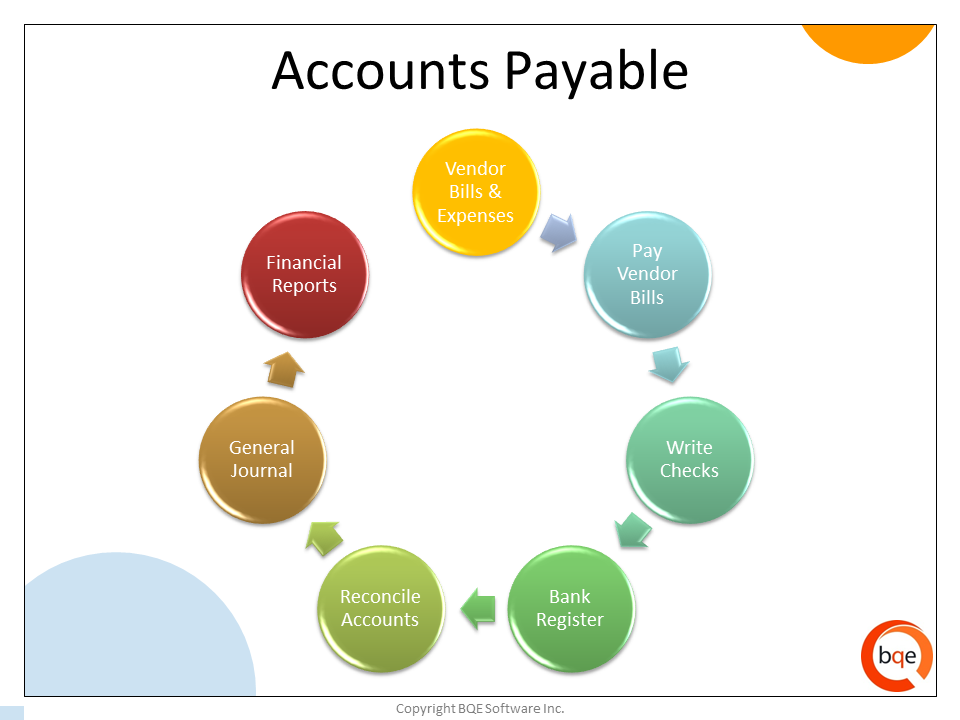
Compile the cost of all direct manufacturing labor incurred during the period, including the cost of related payroll taxes and employee benefits. So, while COGS is an important metric, it’s far from an accurate reflection of a company’s total cost of doing business. And, while it’s often listed first on a company’s income or cash flow statement, in reality there are other costs that have to be paid whether a company has any sales or not. Last in first out is a method that considers the most recently purchased items in a company’s inventory to have sold first. So, if a company paid $5 per unit a year ago and it pays $10 per unit now, each time it makes a sale, COGS per unit is said to be $10 until all of it’s more recently purchased units are sold. COGS is used to determine the company’s direct cost to acquire or manufacture all its products sold during a particular period.
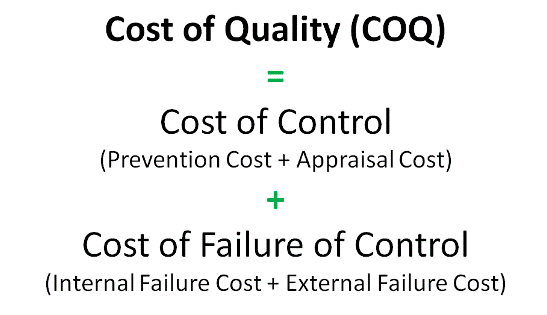
The Finished Goods Inventory is the difference between the beginning raw materials inventory and the ending finished goods inventory. In other words, you subtract the beginning raw materials inventory from the finished goods inventory. The cost of goods manufactured is the calculation of a company’s total costs of production during a specific time period. It’s also the total amount a company spends to produce goods, turn them into inventory and put them up for sale.
Formula and Calculation of Cost of Goods Sold (COGS)
And, while it can be difficult for companies to choose, which method they use can have a considerable impact on profitability, as well as tax consequences. In addition to reducing wholesale costs, tracking COGS is also good for businesses to optimize their inventory ordering , measuring inventory turnover, and minimizing their inventory holding costs. Cost of goods sold is an important part of accounting that applies directly to tax deductions Finding Your True Cost of Goods Manufactured for your business. Other costs, including shipping containers, freight costs, and warehouse expenses such as rent, electricity, etc. To use the inventory cost method, you will need to find the value of your inventory. The IRS allows several different methods , depending on the type of inventory. The IRS has detailed rules for which identification method you can use and when you can make changes to your inventory cost method.
If we get more specific; finished inventory is any type of finished product, goods or services, that is ready to be delivered to the customer. One thing is for sure; money is one of the most significant constraints for any business. Knowing how to manage it allows companies to enhance their conditions and eventually make their business better. Cost of goods manufactured is the proper way to understand how high or low production costs are. Companies, in that way, have the chance to evaluate their expenses versus their revenue and optimize the overall production costs. Aggregate all factory overhead costs for the period into a cost pool, and allocate the contents of this cost pool to the number of units produced during the period.
Are There Businesses That Don’t Have Listed COGS?
Beginning inventory is the value of the product inventory that you started with. It’s usually the same number recorded in the previous ending inventory. Purchases are usually the costs incurred during the reporting period, while ending inventory is the value left at the end of the reporting period. You can use COGS to calculate different ratios, which means that you can conveniently determine your business’s health. As a result, you can make better decisions, especially those more likely to impact your business positively. To understand the difference between operating expenses and the costs of good solds, you must take into account how you attribute said costs. Its usually used to highlight the sales revenue percentage used by businesses to pay for those expenses that directly vary with sales.
Keep in mind that your beginning inventory cost for that time period should be exactly the same as the ending inventory from the previous period. Whether it’s about a misleading accountant, or someone who honestly doesn’t know the cost of goods sold formula, your COGS on paper not always reflect the reality.
Extended COGS Formula
Once the manufacturing costs have been added to the beginning WIP inventory, the remaining step is to deduct the ending WIP inventory balance. COGM is thereby the dollar amount of the total costs incurred in the process of manufacturing products. The cost of goods manufactured is one of the inputs necessary to calculate a company’s end-of-period work in progress inventory, which is the value of inventory currently in a production process stage. Get automatic manufacturing cost calculations with Katana ERP, as well as live inventory management, real-time production planning, and more essential manufacturing features.
How do you calculate manufacturing costs?
To calculate total manufacturing cost you add together three different cost categories: the costs of direct materials, direct labour and manufacturing overheads. Expressed as a formula, that's: Total manufacturing cost = Direct materials + Direct labour + Manufacturing overheads.
These items are definitely considered goods, and these companies certainly have inventories of such goods. Both of these industries can list COGS on their income statements and claim them for tax purposes. For example, COGS for an automaker would include the material costs for the parts that go into making the car plus the labor costs used to put the car together. The cost of sending the cars to dealerships and the cost of the labor used to sell the car would be excluded.
COGS represents the expenses that a company incurs on behalf of the products it sells over a specified period of time. This does not include all https://online-accounting.net/ COGM, but its calculation depends heavily on it. Manufacturing overhead does not include expenses incurred outside of inventory production.
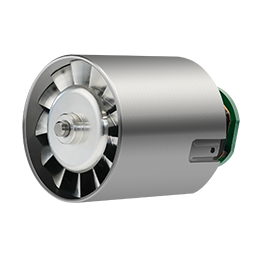
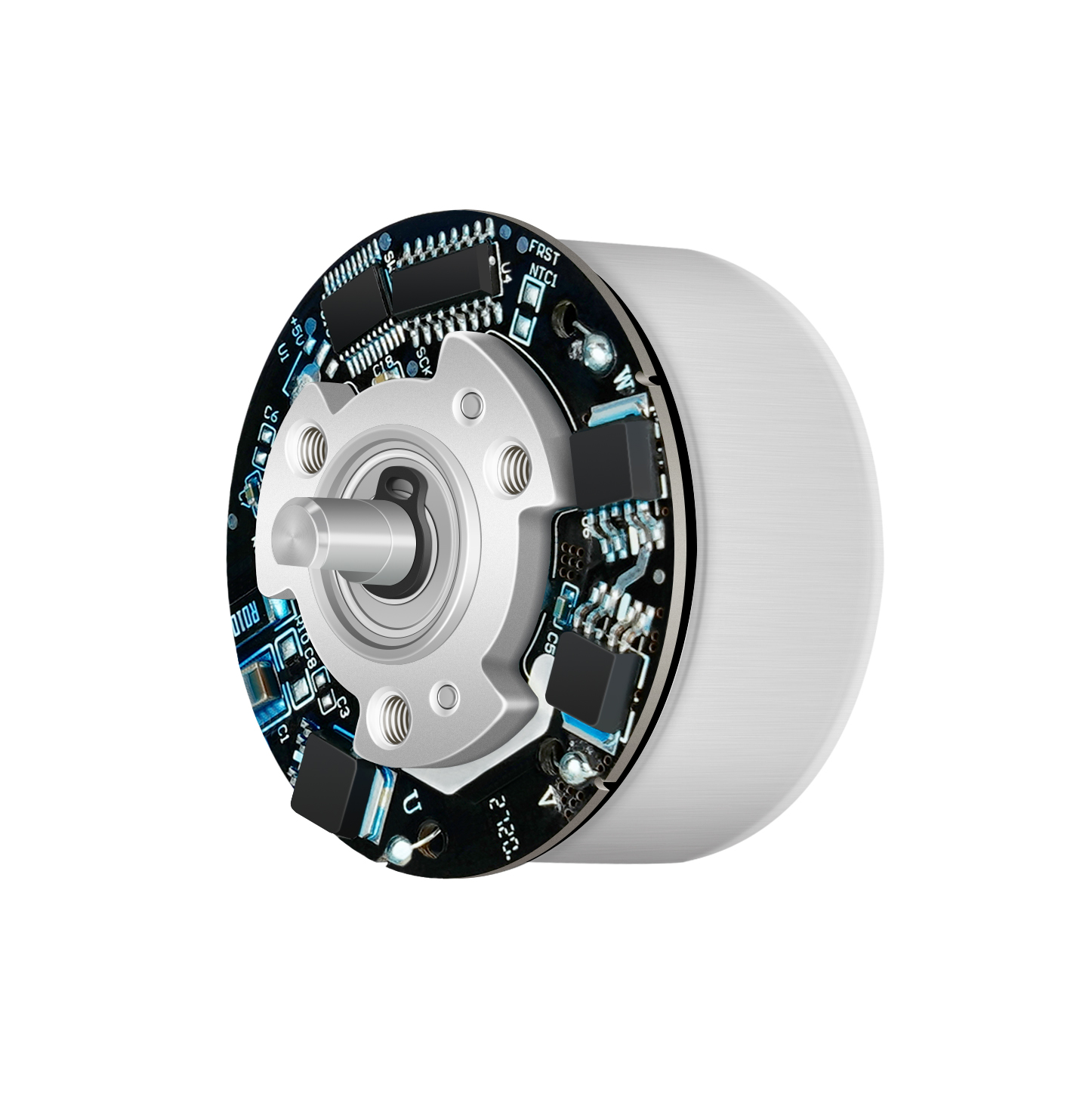
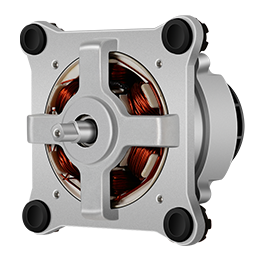
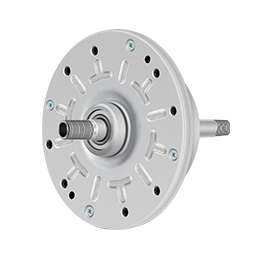
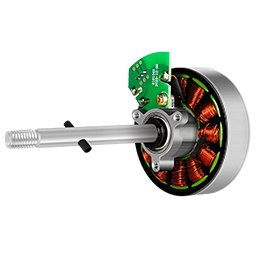
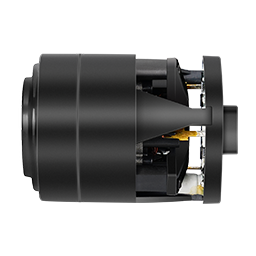
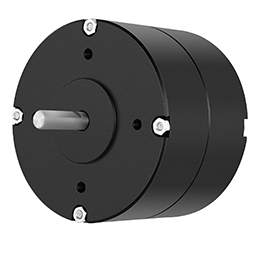

发表回复